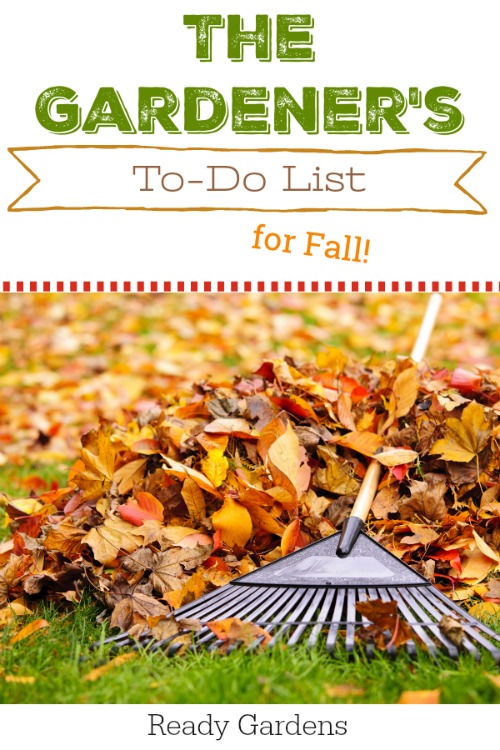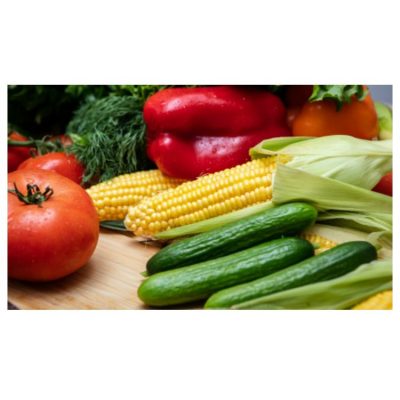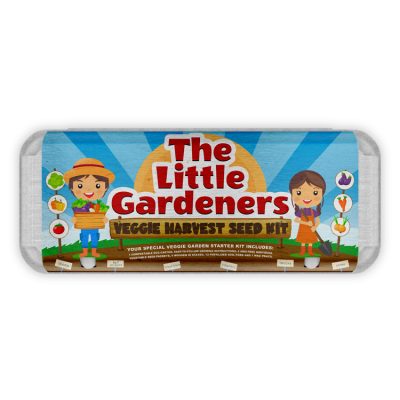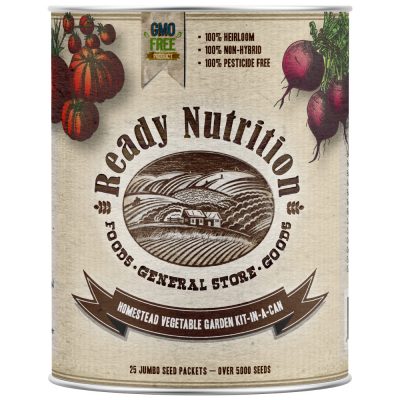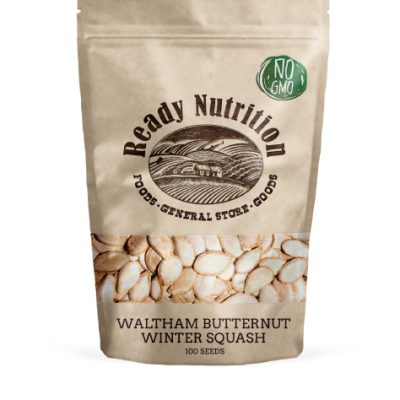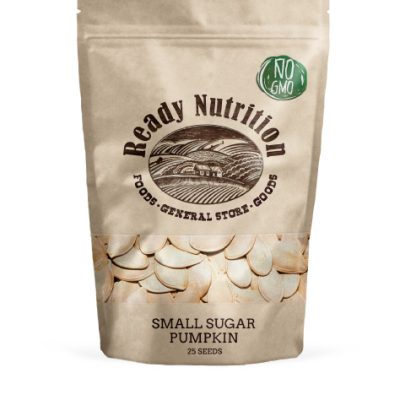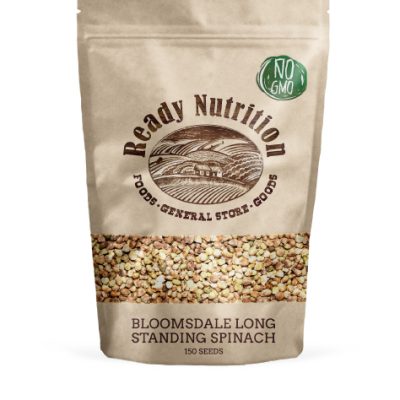
The fall is a vital point in the gardening season as it is time to start cleaning up and preparing the garden for the next growing season. Now that the weather has cooled, it’s the best time to get outside and start your fall cleanup list.
It is important to do some preparations ahead of the next growing season. In part, this alleviates extra chores to do in the busy springtime and gives the garden time to absorb the essential nutrients added to the beds.
To-Do Checklist for the Fall Garden
These essential tips will help keep you organized and on task to ensure your next garden is a thriving one.
- Out with the old: Many pests and diseases over-winter in old plant debris, so it would be advantageous to cut back, rake up and remove them from the garden and add to the compost pile. This includes removing any weeds in the garden, cutting back perennials, trimming deciduous and fruit trees, and shrubs. As well, now is the time to mow your lawn and clean up any fallen leaves. Leaves will smother your grass if left on the lawn during winter, so rake them up and add to the compost pile or to the garden as a green mulch.
- Save your seeds: Gather seeds from spent plants and place them in paper envelopes or paper bags for next year’s garden. Ensure the plants are not diseased, otherwise, throw them in the trash heap.
- Aerate and amend the soil: Get the ground ready for next year’s garden by giving the garden a good work through with a rake to aerate and move the soil. Once you have done so, add a healthy layer of compost, and other soil amendments such as green sand, manure or peat moss. Work in 3 to 4 inches of organic matter to boost your soil. As it breaks down over winter, it will improve your soil. It is important to understand that organic material takes time to break down and by adding it to the soil in the fall, it gives it the entire winter and spring to become biologically active and feed microorganisms along the way.
- Plant a cover crop to create a green manure: Cover crops are quickly becoming a favorite amongst gardeners. Growing these “green crops” over winter will help add essential nutrients and organic matter into the soil like phosphorus and nitrogen. Rather than being harvested for food, cover crops are tilled back into the soil at the end of their growing cycle where the nutrients are released as the plants decompose. Many popular cover crops are clover, grains, legumes, and grasses.
- Plant cold season plants: If you plan on growing cold season plants like broccoli, cabbage, Brussels sprouts, spinach, beets, and carrots, now is the time to do so. Here are 15 fall favorite vegetables to consider.
- Apply mulch: Adding a layer of chopped leaves, bark, straw or mulching material will help prevent soil erosion and will protect the garden from extreme temperatures. As it decomposes, it will slowly add nutrients to the garden.
- Plant bulbs: Now is the time to get bulbs in the ground. This includes onions and garlic. During planting, add a handful of compost to the bulb holes to help feel the bulbs over winter. As well, some bulbs require adequate levels of nitrogen. Fertilize accordingly, especially if you see yellowing leaves. Young bulbs also prefer waterings every 3 to 5 days during bulbing (mid-May through June).
- Clean tools: Before you put your gardening tools away, make sure they are thoroughly cleaned before putting them away from the winter. The best way to clean them is to soak the tools in soapy water to wash off any caked dirt. Once the tools are cleaned and dried, coat both metal parts with a light oil such as WD-40 to prevent rusting, and add linseed oil to wooden handles to keep them from drying out and cracking. Double check what you used this season to see if any needs replacing over the winter.
- Prep your power tools: Drain gasoline from power tools and change oil if needed. As well, make sure air filters are clean before storing.
When springtime arrives, you will be happy that you have completed these essential garden needs early in the fall. Happy Gardening!
